The Los Angeles City Council will vote Friday to declare July 16th “John Lautner Day.” This Saturday would have been the 100th birthday of John Lautner (1911–1994), who is considered one of the most visionary architects of the 20th century, and whose career spanned nearly 55 years.

John Lautner, 1970. Julius Shulman photography archive. The Getty Research Institute, 2004.R.10
Born in Marquette, Michigan, Lautner moved to Los Angeles in the late 1930s during his apprenticeship with Frank Lloyd Wright at Taliesin. In 1939, he began to act as Wright’s representative in Southern California, supervising the building of Wright’s Sturges House in Brentwood and his Oboler House in Malibu.

Sturges House, 1939. Frank Lloyd Wright, architect. Photo: Julius Shulman, 1954. Julius Shulman photography archive. The Getty Research Institute, 2004.R.10
Lautner was not impressed by Los Angeles or its built environment. He considered it ugly and claimed it made him physically sick for about a year. Things changed, however, when modern architecture began to show a presence in L.A. as a result of the influence of Wright and other key architects such as Rudolph Schindler and Richard Neutra.
By the late 1940s/early 1950s, Lautner was working as a solo architect. In 1949, near the beginning of his career, Lautner helped redefine roadside commercial architecture with his design of Googie’s coffee shop at the corner of Sunset Boulevard and Crescent Heights. In 1952, writer and editor Douglas Haskell coined the term “Googie” in House and Home magazine to define this new style of architecture starting to appear throughout Southern California.

Googie’s, 1949, now demolished. John Lautner, architect. Photo: Julius Shulman, 1952. Julius Shulman photography archive. The Getty Research Institute, 2004.R.10
Primarily recognized for his residential architecture, Lautner designed houses that embrace and respond to their landscape. He’s admired for blending his unique architectural vision for structure, space, and function with modern engineering and the natural landscape. He did not repeat his designs—no two of his buildings are alike.
Lautner’s houses have also had starring roles on television and in Hollywood films such as the Elrod House (1968) in the James Bond movie Diamonds are Forever from 1968, and the Schaffer House (1949) in A Single Man from 2009, as well as two documentaries and numerous books. And his 1960 Malin House (also known as Chemosphere) is possibly the best-known house in L.A. thanks to its futuristic, modern design.
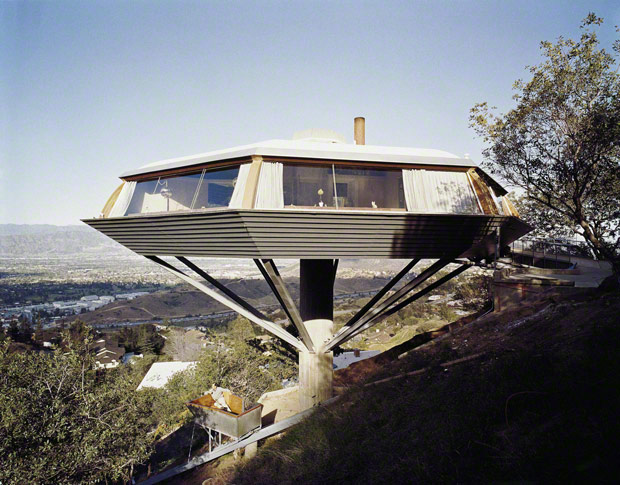
Chemosphere, 1960. John Lautner, architect. Photo: Julius Shulman, 1961. Julius Shulman photography archive. The Getty Research Institute, 2004.R.10
In his later years, Lautner become a Fellow of the American Institute of Architects (AIA) in 1970, and the AIA Los Angeles honored him with a Gold Medal for lifetime achievement in 1993.
The Getty Research Institute also has a noteworthy connection to John Lautner and his work.
In 2007, the John Lautner Foundation donated the John Lautner papers, drawings, and models, ca. 1939–1994 to the GRI. The archival collection contains about 10,000 architectural drawings, 20 models, and 130 binders filled with thousands of photographs and slides, along with office and correspondence files.

Garcia House exterior elevation and aerial, 1962. The John Lautner Archive, The Getty Research Institute, 2007.M.13. © The John Lautner Foundation
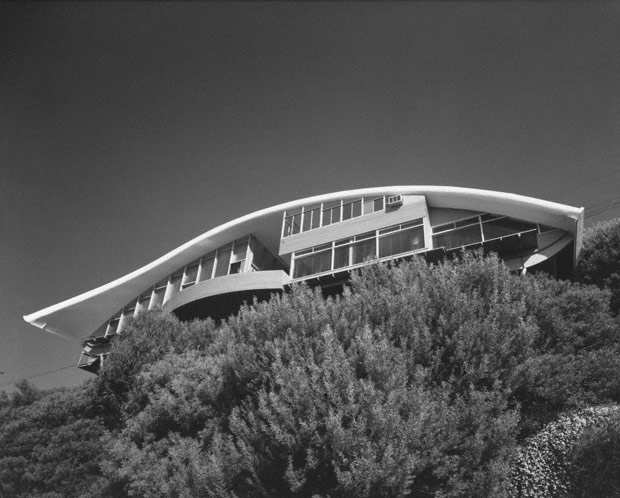
Garcia House, 1962. John Lautner, architect. Photo: Julius Shulman, 1975. Julius Shulman photography archive. The Getty Research Institute, 2004.R.10
Can you imagine organizing and describing the material? 10,000 drawings! Many of the drawings are oversize, brittle tissue-thin sheets of paper, grouped together and tightly rolled in over 380 tubes.
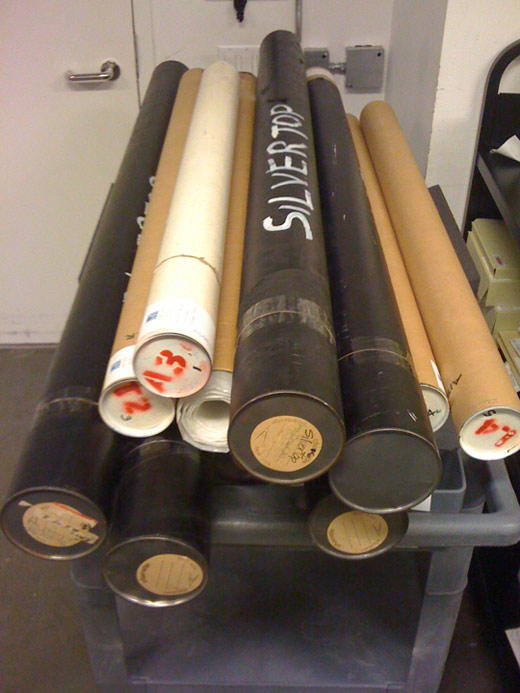
Tubes of drawings in the John Lautner Archive at the Getty Research Institute, 2007.M.13
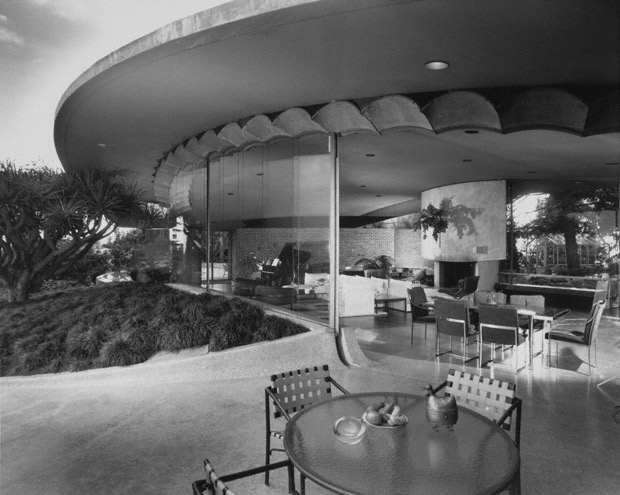
Silvertop House, 1963. John Lautner, architect. Photo: Julius Shulman, 1980. Julius Shulman photography archive. The Getty Research Institute, 2004.R.10
To prepare an archival collection for consultation by researchers is a massive and time-consuming task, currently in process by the GRI’s special collections cataloging staff. After this work is complete, currently slated for January 2012, the archive will be accessible to qualified researchers by appointment. The archive will serve as a valuable resource to scholars, architects, and homeowners studying Lautner’s work.
In celebration of Lautner’s centennial year, the John Lautner Foundation is organizing numerous events for the John Lautner Turns 100 series.
Events will occur from July 16 to November 13 in collaboration with local partners including the American Institute of Architects–Los Angeles Chapter, Dwell, LACMA, the Los Angeles Conservancy, MAK Center for Art and Architecture at the Schindler House, the American Cinematheque, the Society of Architectural Historians, and us at the Getty Research Institute.
The John Lautner Turns 100 series will include exhibitions, film screenings, house tours, receptions, and symposia. For the schedule of events, visit the John Lautner Foundation’s website or their Facebook page. See you at an event around town!

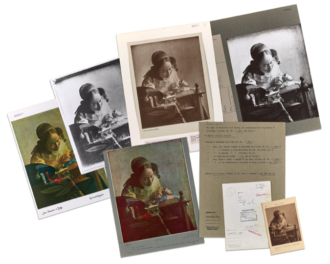

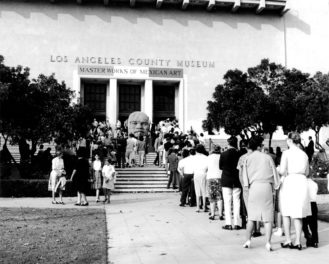
Comments on this post are now closed.
Trackbacks/Pingbacks